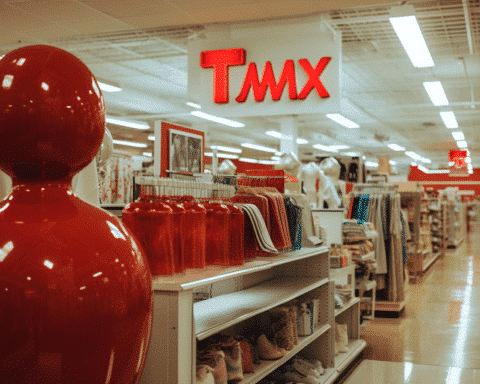Whether dining at a restaurant or getting your nails done, most Canadians likely expect you may have to tip at the end of the service — but with the high cost of living, most people are now giving a thumbs-down to the idea of tipping.
Rising Costs and Tipping Pressure
“They’re already charging me $7 for a latte that I can drink; it’s repulsive to ask for tips for making a drink or pouring coffee,” said Edwin Ng, a 46-year-old customer from Toronto, in an interview with Global News. Ng isn’t alone in his sentiment. A recent survey by Lightspeed Commerce Inc. revealed that 67% of Canadians feel pressured to tip, with 54% noting that inflation impacts their ability to do so.
The Spread of “Tip Creeps”
Since the COVID-19 pandemic, tipping has expanded beyond traditional places like restaurants and hair salons. Bruce McAdams, an associate professor at the University of Guelph’s School of Hospitality, food, and Tourism Management, observed this trend. He stated, “Tipping as a practice has evolved, particularly since the (COVID-19) pandemic.” More nontraditional businesses like dry cleaners and oil change shops are now bringing in tipping, a phenomenon McAdams refers to as “tip creeps.”
The Social Norm of Tipping
The prevalence of tip prompts — pre-set tipping values programmed into payment machines — adds to the pressure. Jaime Peters, the dean of finance and economics at Maryville University, highlighted this issue. “As we have moved from a more cash-based society to a card-based society during COVID-19, we’re seeing those tips come much more in our face, and the result is people are having much more mixed emotions about tipping than before the pandemic,” Peters explained.
Supporting Servers’ Wages
Not everyone opposes tipping. Ken Zulian, a 42-year-old consumer from Windsor, Ontario, shared his perspective: “You have to think about… sometimes you’re probably making more than that server is making per hour. Sometimes, they count on that extra tip to make a decent living.” Similarly, Christopher MacPherson, a 32-year-old from Windsor, noted the dependency of servers on tips due to their wages. He pointed out that misconceptions about servers’ wages can lead to misunderstandings.
In Canada, minimum wages for servers vary by province. For example, servers in Quebec earn $12.20 hourly, compared to the $15.25 minimum wage in the province. By 2024, most provinces had aligned servers’ wages with those of other jobs.
When Should You Tip?
With the expanding scope of tipping, consumers are often unsure when and where to tip. McAdams suggests asking employees where the tip goes, though he acknowledges the fatigue this can cause. “If I go into a blue jeans store and buy a pair of blue jeans, I can take it to the counter, pay, and leave, and I don’t have to ask, where is this tip going?” he said.
Peters offers simple guidelines: tip if you’ve had a nice dinner or a well-done hair job, but reconsider in non-traditional tipping situations like with baristas. “Where you can start thinking about where to save money is going to be in those situations where it has not been traditional to tip,” Peters recommended.
The debate on tipping continues to evolve, influenced by economic pressures and changing societal norms. As Canadians navigate this complex landscape, understanding the reasons and impacts behind tipping can help make more informed decisions.


